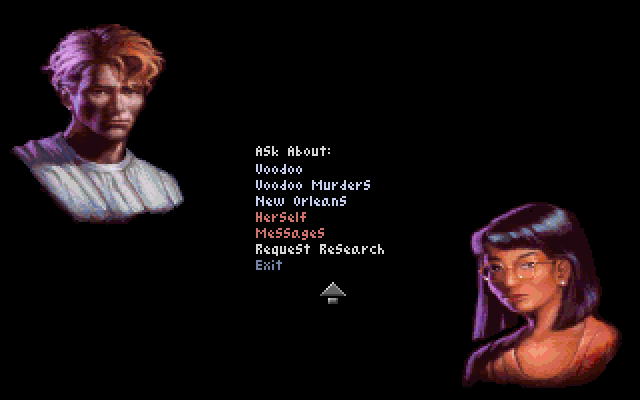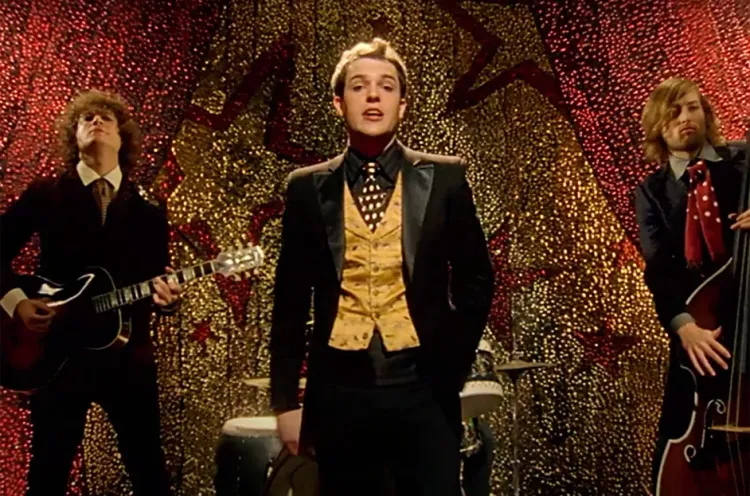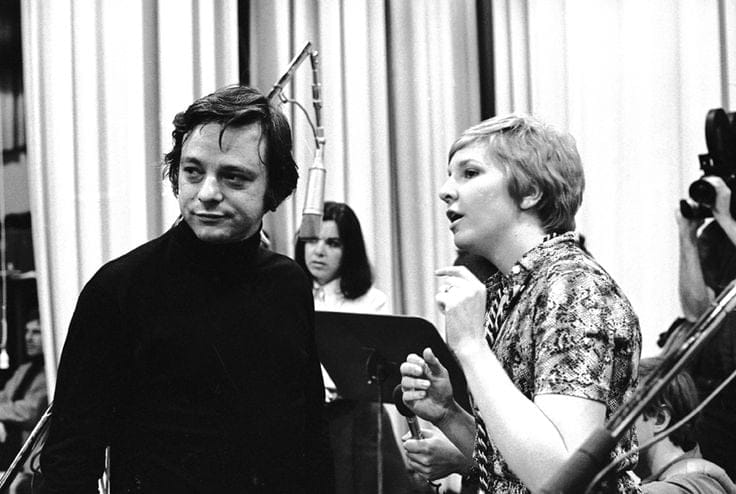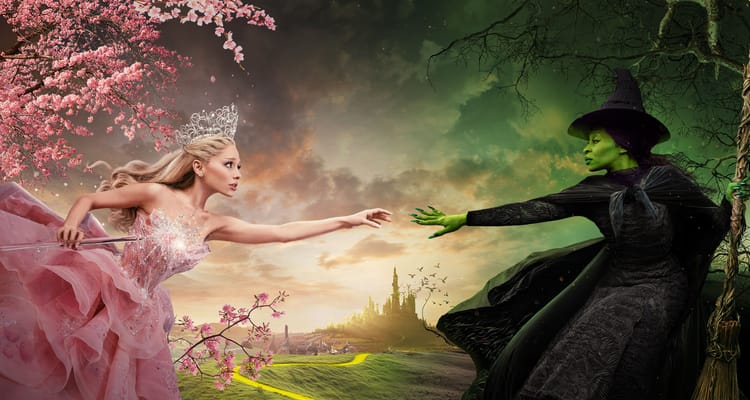Episodes: My top 10 Sierra adventure games (one per series)

If you have followed my career lo these many years, you will know that I have a major soft spot for graphic adventure games – games where you take over a little character who tries to solve puzzles (usually by combining random items in an attempt to guess exactly what the game's designer was thinking) to advance a narrative and explore the game's setting. Adventure games aren't really about gameplay so much as they are exploring the boundaries of a story – usually a poorly developed one, but a story nonetheless. They're sort of like if you took over a movie, I guess.
You will know that I love them because a.) I begged my editors for three years until they let me write this at The AV Club (I kept insisting it would do well; they said nobody would care; I WAS RIGHT), and b.) I make lots of weird references to the genre on Twitter that only five people care about. And as we all know, the pinnacle of the adventure genre arrived in the early '90s, as LucasArts pushed these games to new heights with titles like the Monkey Island games (the first three), Day of the Tentacle, and Indiana Jones and the Fate of Atlantis, blah, blah, blah.
But my favorite games of this sort are still Sierra's. This is ridiculous, and probably driven by nostalgia more than anything (definitely driven by nostalgia more than anything), but I can't help it. Sierra's games are famous for not really thinking through their designs. You figure things out by your character dying, and it's surprisingly easy to reach a dead end in the end game because you didn't pick up some item hours ago.
To modern gamers, with the internet and everything, that's deeply frustrating. But to me, it was exciting. There were stakes, and this is hard to explain to the people with (quite logical) objections to Sierra's games. But even in the goofiest of them, there was this sense that you might screw up and have to restore from an earlier point. Now, Sierra usually made that fun -- through clever death scenes or what have you -- but there's this idea a game shouldn't "punish" a player for experimenting. I guess I never felt punished, really, but like I was experimenting to figure out all the clever ways I could die, to heighten the drama, or whatever.
Anyway, enough blather. Here are my 10 favorite Sierra games, one per series.
10.) Police Quest II: The Vengeance (1988)
The Police Quest games are the redheaded stepchildren of Sierra's "quest" line (which was its most evergreen source of revenue). They took themselves a little too seriously to really work as goofy Sierra games, but I still really enjoyed this one, which not only let you save your fiancee from a criminal escaped from jail and hellbent on revenge, but also foil a terrorist plot to bring down an airplane. (They had helpfully hidden instructions for constructing their bomb in the bathroom, which you could reverse to disarm the bomb.)
9.) Winnie the Pooh in the Hundred Acre Wood (1984)
Look, this is in no way a good game for adults, but it was accidentally my first introduction to Sierra's "scatter inventory items to the wind, and let the player sort 'em out" gameplay, and my first introduction to drawing a very crude map, and a bunch of things. A blustery wind has blown all of Pooh's friends' items about, and you have to find them and return them to the right people. Very soothing for a five year old. Included purely as a nostalgia trip.
8.) Freddy Pharkas: Frontier Pharmacist (1993)
I'd say the next few are all pretty good games to play even now, if you can get into the spirit of them. If you know a Sierra game, it's probably Leisure Suit Larry, which I was not allowed to play. (I finally did as an adult and wasn't too taken with it.) But this game from Al Lowe, the same designer, was a comedic Western that offered up a ton of terrific gags and some really off-the-wall puzzles. Sierra was known for its never-ending series, and it's always been a little surprising to me this one never received a sequel. It deserved one.
7.) Space Quest V: Roger Wilco The Next Mutation (1993)
This will be a controversial choice. Most Space Quest fans pick the fourth game, which is definitely the funniest of them. But I've always slightly preferred this one, which turns the bumbling hero Roger Wilco into the captain of a garbage scow and sends him into the void of space with a crew to command and everything. In previous games, Roger was gifted with absurdly dumb luck, so giving him a little control over his own destiny was a good thing, I think. (Fans evidently disagreed, as the next game returned him to his former status.) Space Quest's sense of humor -- filled with sci-fi references and weird gags -- was very much mine as a teenager, so I've replayed this more times than I would probably care to admit. (Pedants would point out this was technically designed by Sierra subsidiary Dynamix and not Sierra proper, but c'mon. Give me this.)
6.) Pepper's Adventures in Time (1993)
Another game from a Sierra subsidiary, in this case educational software company Bright Star. Again, this game isn't going to be too challenging for an adult, but because it has such a great character at its center and a fun sense of the potential for a time travel game to inadvertently teach kids about history, I've always had a soft spot for it. And I didn't catch up with it until college, when I ripped through it in a few hours. It's still fun. (As far as edutainment adults still might enjoy goes, the Dr. Brain games are reasonably enjoyable brain teasers.)
5.) King's Quest VI: Heir Today, Gone Tomorrow (1993)
The early '90s were the best time to be at Sierra. The company was riding high on a great stock price, and it had the best collection of designers it would ever boast under one roof. (You'll notice, like, 700 of these games are from 1993.) And while the King's Quest games are sort of held up as all of the worst things about Sierra nowadays -- often accurately! -- there are a handful I think work really well. This is one of them. It's got multiple solutions to puzzles, a surprisingly intricate story, and some fun twists and turns. It's still about being lost in a land of fairy tales, so temper your expectations accordingly.
4.) Conquests of the Longbow: The Legend of Robin Hood (1992)
The next two games are from series I think Sierra may have abandoned too easily. This one was a follow-up to a game called Conquests of Camelot (two guesses as to which legendary figure that game was about), and it was clearly released to capitalize on the Kevin Costner Robin Hood movie -- except it didn't ship until 1992, so it rather missed its window. Still, this is a surprisingly rousing adventure, filled with lots of fun little mini-games, and it really does make you feel like you're Robin Hood. This marks the beginning of our, "I think these are genuinely worth playing, no matter what" section of the list. I was always sad Sierra never made another Conquests game.
3.) The Colonel's Bequest (1989)
Sierra's attempts to work the word "quest" into every title really became ridiculous here. This is, as far as I'm concerned, the pinnacle design from Roberta Williams, Sierra's marquee designer and one of the most influential game designers in the history of, uh, games. (Weirdly, she wasn't Sierra's best designer, but she was definitely the one who had the most expansive ideas that others then perfected.) I wrote a whole mess about it here, so check that out. This one had a sequel in the early '90s, then the series sadly ended.
2.) Quest for Glory II: Trial by Fire (1990)
I toyed with just putting this whole series on the list -- it's by far Sierra's most consistent, and it lets you take your character from the first game and port him from game to game, through the whole five-game series (which tells a complete story, even). But this was the best game in the lot, a twisting, complex story about allegiances and friendships and, uh, trials by fire. It's also the rare game that uses an "exotic" setting (in this case, the Middle East) and doesn't feel too much like it's appropriating that setting for no good reason. This game also is the top-rated one to use Sierra's text parser (which means you would type in commands, rather than using little icons to make the protagonist do stuff), which I always preferred.
1.) Gabriel Knight: Sins of the Fathers (1993)
I will talk your ear off about this game. Sierra often struggled to balance the inherent weirdness of the adventure game genre with its desire to tell more sophisticated stories, and I think this may be the only time the company genuinely pulled it off. It's also the rare Sierra game that has obviously studied what made the LucasArts games work so well and incorporated such lessons into its design. (It's very hard to get stuck, and the handful of deaths in the game make complete sense -- like if a zombie is stumbling toward you, you presumably know to get out of the way already, so if it grabs you and kills you, it doesn't feel unfair.) This is like a more magically inclined X-Files, in some ways, and I think both follow-up games (particularly the second one) are worth checking out. But this is the one Sierra game where everything comes together.
I HOPE YOU ENJOYED THIS. I KNOW 13-YEAR-OLD EMILY DID.





Member discussion